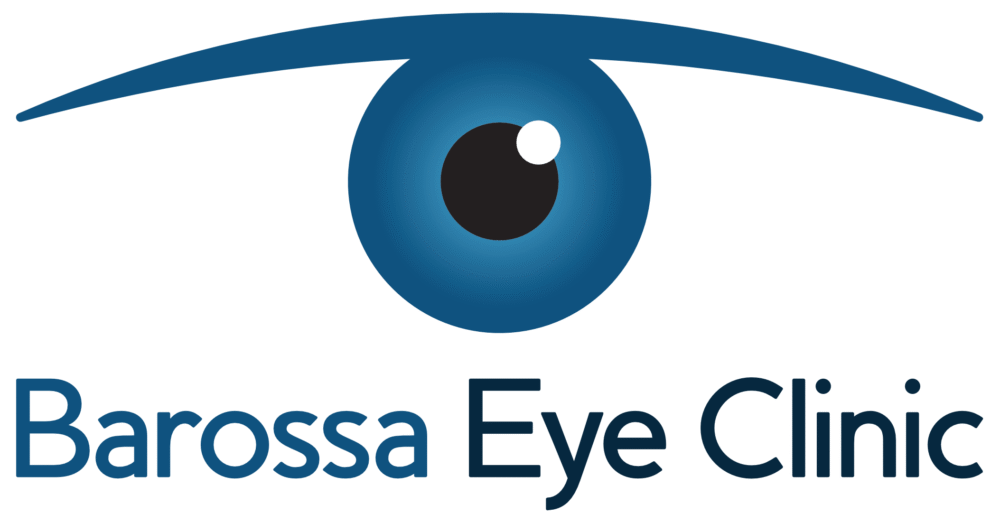Keratoconus is a progressive, inherited eye condition that typically begins during the teen years. It affects the cornea, the clear, dome-shaped window at the front of the eye, causing it to become thinner and cone-shaped over time.
As the cornea changes shape, vision becomes increasingly distorted, leading to issues such as blurred vision, glare sensitivity, and difficulty with night vision. Contact lenses, particularly rigid gas-permeable or scleral lenses, may help improve vision in the early stages — but without treatment, keratoconus can progress to the point where a corneal transplant is required.
Thanks to medical advancements, there is now a way to halt the progression of keratoconus: corneal collagen crosslinking.
What Is Corneal Crosslinking?
Crosslinking is a minimally invasive procedure that strengthens the cornea by forming new crosslinks between collagen fibres, helping to stabilise its structure.
How It Works
The eye is treated with riboflavin (vitamin B2) eye drops.
The cornea is then exposed to UV-A light.
This interaction activates the riboflavin and triggers the formation of new bonds between collagen fibres — much like reinforcing a weak tyre that becomes stiffer under the sun.
The result is a stiffer, more stable cornea, which can halt further deterioration in many cases. However, it’s important to note that crosslinking does not reverse vision loss that has already occurred — which is why early diagnosis and treatment are crucial.
Who Is a Candidate for Crosslinking?
- Patients with early to moderate keratoconus.
- Individuals showing signs of progression.
- Those diagnosed in their teens or early adulthood.
- Patients with thin corneas may still be eligible using advanced safe techniques.
This procedure is Medicare-reimbursed in Australia and can prevent or delay the need for more invasive treatments such as corneal transplantation.
Dr de Wit's Expertise in Crosslinking
Dr de Wit brings deep international experience in corneal crosslinking, having:
- Worked in Germany and attended lectures by Professor Theo Seiler — the inventor of crosslinking — in Dresden, where the procedure was first developed.
- Trained in advanced safety techniques under Professor Johnny Moore in Belfast, who pioneered methods to protect the limbal stem cells during treatment.
- Brought these advanced, protective techniques to rural Australian patients to ensure safer outcomes and broader access.
- Dr de Wit is committed to using the safest and most effective version of the procedure — ensuring no long-term harm to the eye while helping protect vision for the future.
Book an Assessment
If you or your child has been diagnosed with keratoconus, or if there’s a family history, early evaluation is essential. To find out whether crosslinking is appropriate in your case, please contact Barossa Eye Clinic to arrange an assessment.
